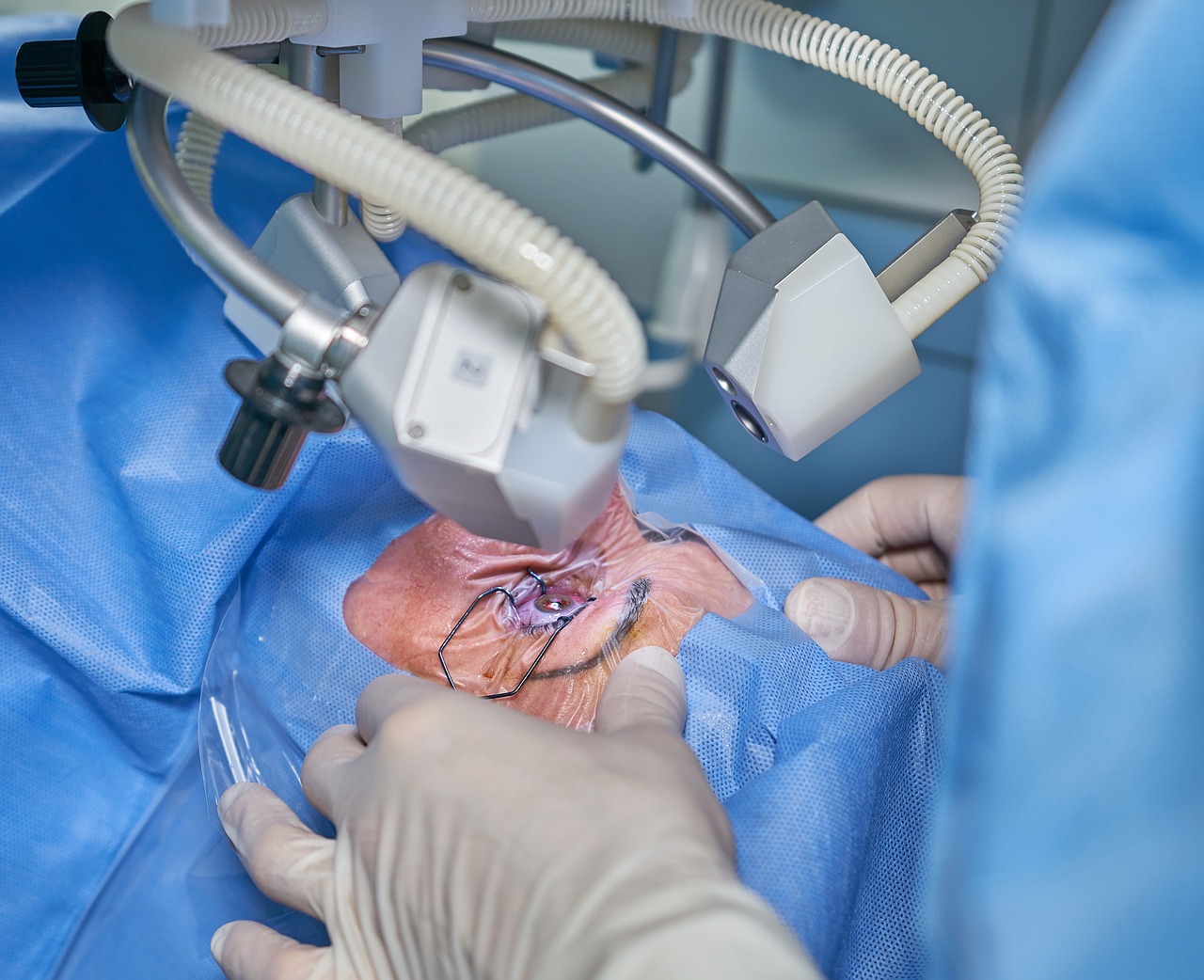Eye surgery often comes with a cloud of misconceptions that can make people hesitant to seek out the vision correction they need. From fears about pain to worries about age restrictions, these myths can create unnecessary barriers. But how much do we really know about eye surgery? Let’s highlight some common beliefs and separate fact from fiction. Whether you’re considering laser treatment, wanting to know more about eye surgery options, or just curious about what happens behind those operating room doors, understanding the truth is essential for making informed decisions. Let’s dive into some of the most prevalent myths surrounding this transformative procedure.
Eye Surgery Is Extremely Painful
One of the biggest fears surrounding eye surgery is pain. Many people imagine a painful experience, but that’s not what most patients encounter. Modern techniques have significantly improved comfort levels during and after procedures. For instance, laser surgeries like LASIK are often performed with numbing drops, ensuring minimal discomfort throughout the process. Post-operative experiences vary from person to person. While some may feel mild irritation or sensitivity for a short time, it generally subsides quickly. Most individuals return to regular activities within days without severe pain.
Eye Surgery Is Only for Older People
Many people believe that eye surgery is exclusively for the elderly. This myth overlooks the diverse range of vision issues affecting younger individuals. Conditions like myopia, hyperopia, and astigmatism can emerge at any age. Young adults often seek corrective procedures to enhance their quality of life. Advancements in technology have made these surgeries safer and more effective. Younger patients increasingly opt for LASIK or PRK to improve their eyesight without relying on glasses or contact lenses.

Eye Surgery Guarantees Perfect Vision
Many believe eye surgery is a surefire way to achieve perfect vision. This myth can lead to unrealistic expectations for patients. While procedures like LASIK and cataract surgery can significantly improve sight, they don’t guarantee perfection. The outcomes vary from person to person. Factors such as age, pre-existing conditions, and individual healing responses play crucial roles in the results. It’s also important to consider that some individuals may still require glasses or contact lenses after their procedure. Regular follow-ups with your eye care professional are essential for monitoring post-surgery changes.
Eye Surgery Has High Complication Rates
Many people worry about complications when considering eye surgery. It’s a common concern, but the statistics tell a different story. Most eye surgeries have low complication rates. Procedures like LASIK and cataract surgery have been refined over decades. They are routinely performed with high success rates. Surgeons use advanced technology to minimize risks. Pre-operative assessments help identify candidates who are most likely to benefit from the procedure without complications. Recovery is often straightforward, with clear instructions provided by medical professionals.
Understanding the realities of eye surgery is essential for anyone considering the procedure. It’s easy to get caught up in myths that can create unnecessary fear or misconceptions. While some discomfort may occur, most procedures are surprisingly quick and manageable. As you explore your options, consider discussing your concerns with a qualified professional who can provide personalized insights tailored to your unique situation. Your journey toward a better vision could be just around the corner!
…





